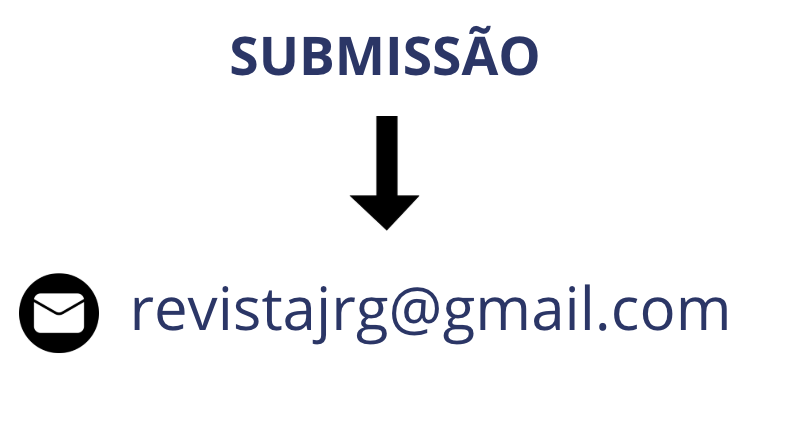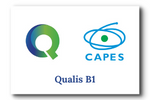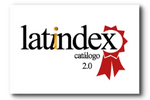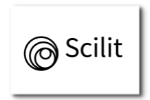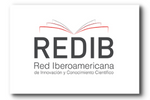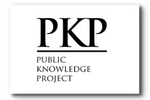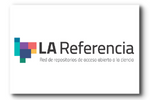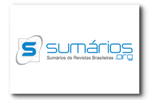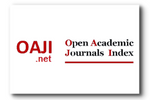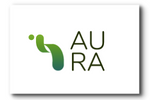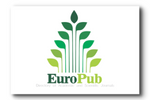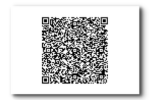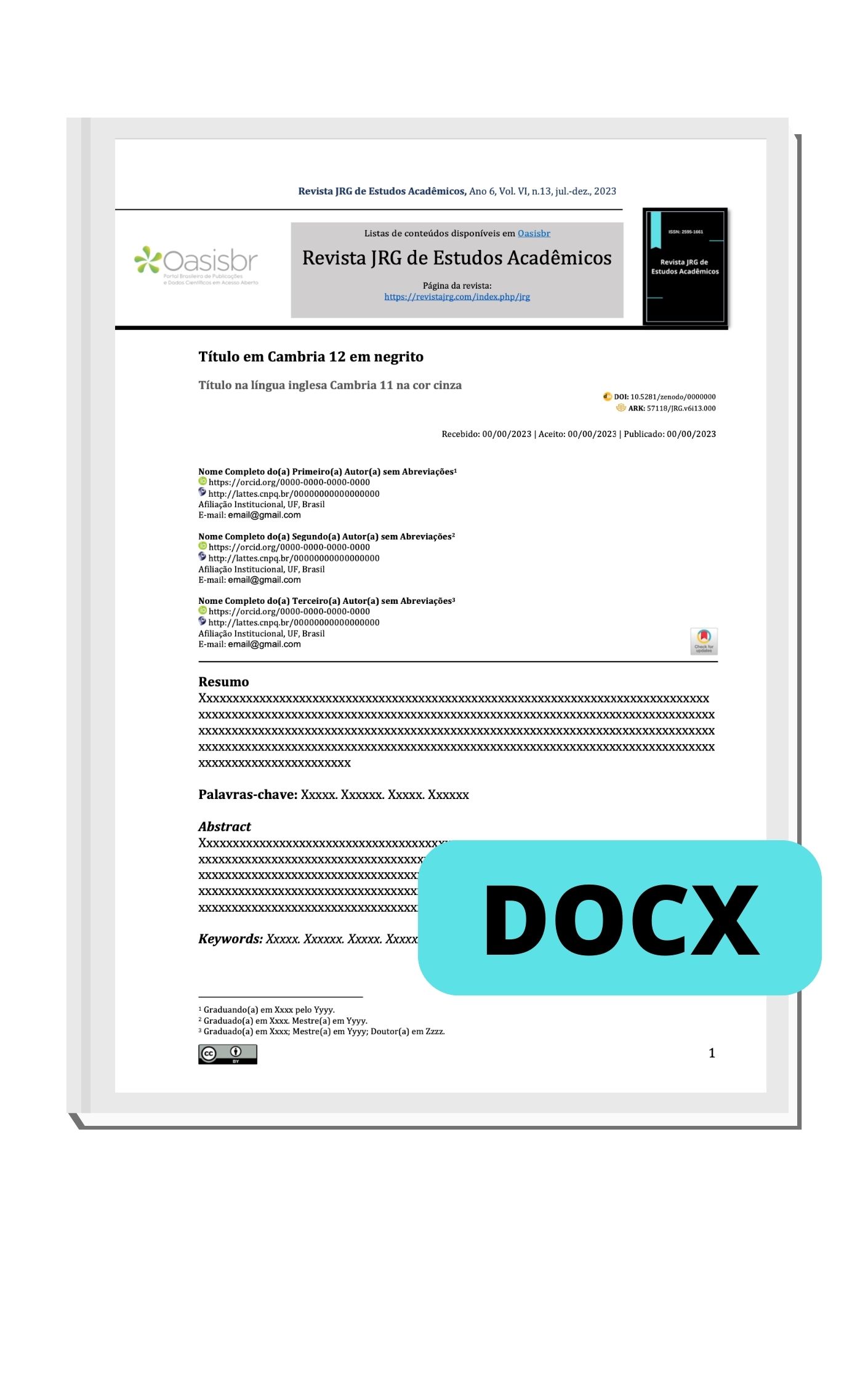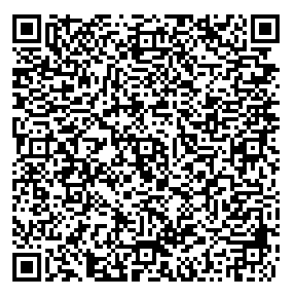Use of sunscreen in patients attending dermatological consultations in Lagarto, Sergipe
DOI:
https://doi.org/10.55892/jrg.v8i18.1781Keywords:
Sunscreening Agents, Health Profile, Skin Neoplasms, DermatologyAbstract
Skin cancer is the most common neoplasm in Brazil, with ultraviolet (UV) radiation being the predominant carcinogen, and its effects influenced by geographic region, sun exposure, sun protection, and skin phototype. Topical sunscreens are products containing substances that interfere with the skin's absorption of energy from UV radiation. However, according to an estimate from the Brazilian Society of Dermatology, about 63% of people expose themselves to the sun without any form of protection. The literature presents few studies that assess the epidemiological profile of sunscreen use in Brazil, particularly in the North and Northeast regions, which experience the highest accumulated doses of UV radiation in the country, thus highlighting the demand for research on this topic. The objective of this study was to evaluate the association between sunscreen use and epidemiological and dermatological variables in patients treated at a dermatology outpatient clinic, as well as to describe the baseline characteristics of the patients. This was an analytical, observational, cross-sectional study, with data collected through an interview using a tool designed to assess clinical and epidemiological aspects of photoprotection, among patients at the dermatology outpatient clinic at the Medical Specialties Center of Lagarto. The sample consisted of 314 individuals. Bivariate analysis revealed a positive association with education level and prior guidance on photoprotection, and a negative association with male sex, moderate to high skin phototype, and sun exposure of 3 or more hours daily. Multivariate regression showed sex, education level, skin phototype, and prior guidance as independent variables. An independent association was observed between sex, education level, skin phototype, and prior guidance on photoprotection with sunscreen use.
Downloads
References
ADDOR, F.A.S. et al. Protetor solar na prescrição dermatológica: revisão de conceitos e controvérsias. Anais Brasileiros de Dermatologia, [s. l.], 1 mar. 2022.
AZULAY, R.D. et al. Azulay Dermatologia. 6a. ed. rev. e atual. Rio de Janeiro: Guanabara Koogan, 2015.
CORTEZ, D. A. G. et al. O conhecimento e a utilização de filtro solar por profissionais da beleza. Ciencia e Saude Coletiva, v. 21, n. 7, p. 2267–2274, 2016.
DIDIER, F.B.C.W.; BRUM, L.F.S.; AERTS, D.R.G.C. Hábitos de exposição ao sol e uso de fotoproteção entre estudantes universitários de Teresina, Piauí. Epidemiologia Serviço Saúde, [s. l.], 1 ago. 2014.
DUPONT, L.; PEREIRA, D. N. Sun exposure and sun protection habits in high school students from a city south of the country. Anais Brasileiros de Dermatologia, v. 87, n. 1, p. 90–95, 2012.
FABRIS, M.R. et al. Avaliação do conhecimento quanto à prevenção do câncer de pele e sua relação com os hábitos da exposição solar e fotoproteção em praticantes de academia de ginástica do sul de Santa Catarina, Brasil. Anais Brasileiros de Dermatologia, [s. l.], 2012.
FIDELIS, M.C. et al. Basal cell carcinoma with compromised margins: retrospective study of management, evolution, and prognosis. Anais Brasileiros de Dermatologia, [s. l.], 2021.
GREEN, A.C. et al. Reduced Melanoma After Regular Sunscreen Use: Randomized Trial Follow-Up. Journal of Clinical Oncology, [s. l.], 2011.
GUAN, L.L. et al. Sunscreens and Photoaging: A Review of Current Literature. Nature Public Health Emergency Collection, [s. l.], 13 ago. 2021.
INCA - INSTITUTO NACIONAL DE CÂNCER JOSÉ ALENCAR GOMES DA SILVA. Estatísticas de câncer. [s. l.], INCA, 2020.
LUCENA, E. E. DE S. et al. Ocupação e fatores associados a exposição solar em trabalhadores de praias. Ciencia e Saude Coletiva, v. 19, n. 4, p. 1171–1177, 2014.
MARIANI, A. C. et al. Prevalent skin and dermatoses care in older adults treated at a private clinic and its relationship with comorbidities. Revista Brasileira de Geriatria e Gerontologia, v. 22, n. 6, 2019.
PLANTA, M.B. Sunscreen and Melanoma: Is Our Prevention Message Correct?. Journal of the America Board of Family Medicine, [s. l.], 2011.
PURIM, K. S. M.; WROBLEVSKI, F. C. Exposição e proteção solar dos estudantes de medicina de Curitiba (PR). Revista Brasileira de Educação Médica, v. 38, n. 4, p. 477–485, 2014.
ROMBALDI, A.J. et al. Prevalence and factors associated with exposure to sunlight and sunscreen among physical education teachers in Pelotas, southern Brazil. Anais Brasileiros de Dermatologia, [s. l.], 2017.
SHALKA, S.; STEINER, D.; RAVELLI, F. N. Consenso Brasileiro de Fotoproteção. Anais Brasileiros de Dermatologia, v. n. 6 S, 2014.
SILVA, E.S.; DUMITH, S.C. Não uso de protetor solar entre adultos e idosos no sul do Brasil. Anais Brasileiros de Dermatologia, [s. l.], 15 nov. 2019.
SUOZZI, K.; TURBAN, J.; GIRARDI, M. Cutaneous photoprotection: A review of the current status and evolving strategies. Yale Journal of Biology and Medicine, v. 93, n. 1, p. 55–67, 2020.
URASAKI, M. B. M. et al. Práticas de exposição e proteção solar de jovens universitários. Revista Brasileira de Enfermagem, v. 69, n. 1, p. 126–133, 2016.
WOLFF, K. et al. Dermatologia de Fitzpatrick: Atlas e Texto. 7a. ed. Porto Alegre: AMGH, 2015.




